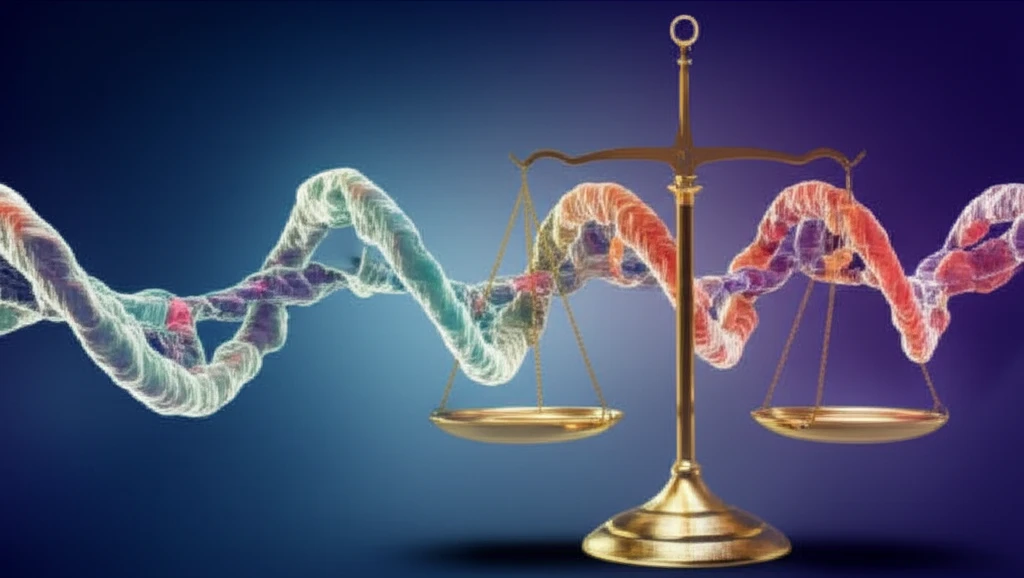
Human Tissue Ownership: Unraveling the Legal Debate
"Is current legislation clear or is reform needed?"
The question of who owns human biological material used in research sparks intense debate. A recent paper critiquing Mahomed, Nöthling-Slabbert, and Pepper's original work highlights disagreements about the certainty of existing laws and the suitability of altruism versus profit-sharing models.
This article examines the core arguments in this legal discussion, focusing on whether current laws governing human tissue ownership are clear and sufficient or if legislative reform is necessary. We'll break down the complexities to help you understand the nuances of this evolving area.
We'll explore the central themes of this debate: the ownership of human biological material, the potential for profit-sharing with research participants, and the critical importance of precise legal terminology. Understand the legal battle between altruism and profit-sharing and more.
Decoding Human Biological Material Ownership

Current legal consensus generally dictates that human biological material cannot be owned, with specific exceptions for gametes and in vitro embryos. However, some legal scholars argue that the absence of definitive rules necessitates a case-by-case evaluation, leading to significant uncertainty.
- Proprietary Rights vs. Interests: The interchangeable use of 'proprietary right' and 'proprietary interest' is incorrect. A 'right' isn't the same as an 'interest' in law.
- Proposed Definition Critique: The definition of 'proprietary rights' as merely 'property rights of an owner of proprietary information' is too limited. It overlooks contract-based rights and tangible property rights.
- Researcher Confusion: Claims of widespread confusion among researchers are supported by articles co-authored by Pepper and Nöthling-Slabbert, highlighting concerns about applying 'genomic sovereignty' to biological material.
The Future of Bioethics: Balancing Altruism and Incentives
The existing legal framework promotes altruism in research participation, forbidding payment beyond reimbursement for expenses. However, the paper by Mahomed et al. challenges this model, advocating for profit-sharing to ensure participants benefit from therapies developed from their contributions.
Despite initial advocacy, they later disavow intending to challenge current healthcare policy. The proposal to grant participants a 'proprietary interest' to distribute therapy proceeds clearly departs from altruism, creating a contradiction that hinders constructive dialogue.
Replacing altruism with benefit-sharing has many ethical and legal ramifications. Is the 'legal conundrum' regarding human biological material ownership sensationalist, or is there a need for new paradigms of benefit and compensation?
